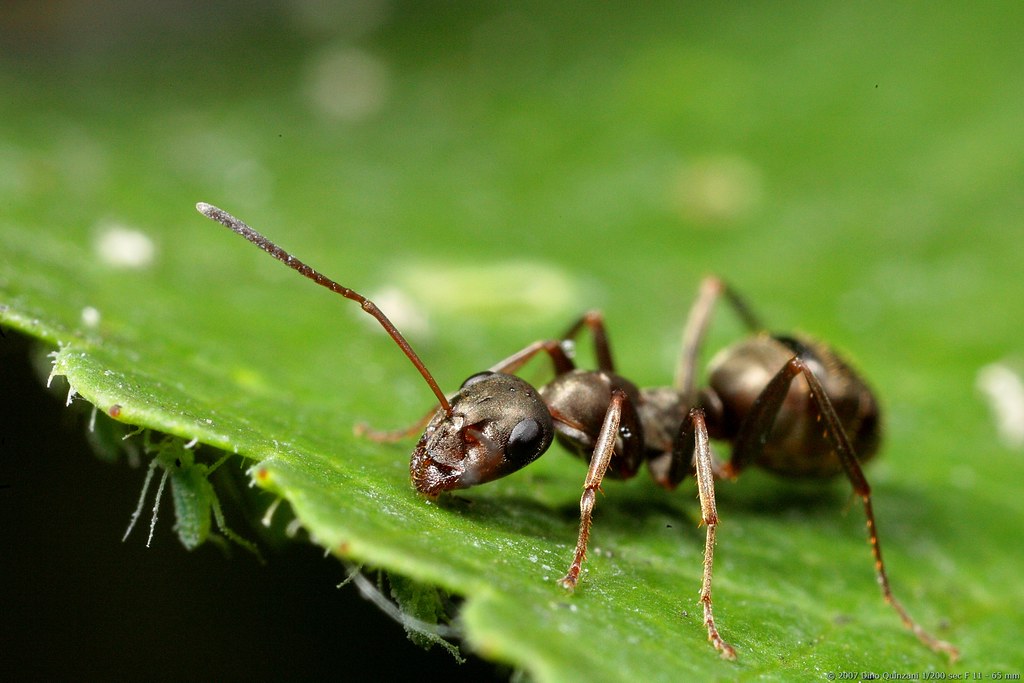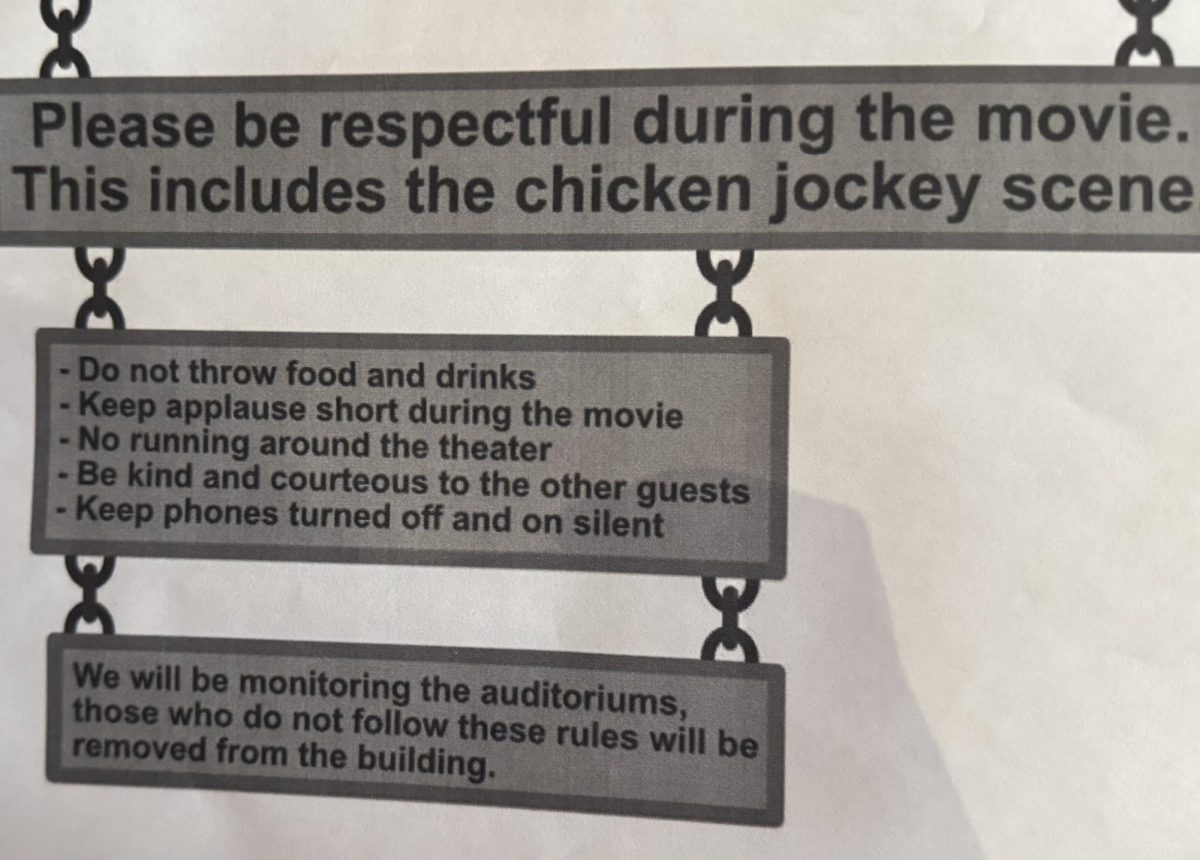In a world where humans are clearly the apex predator, outcompeting all other species, it can be easy to forget that the activities of other animals are equally as incredible. In fact, we are currently thrusting the world into what many scientists call the anthropocene, a period of time where human activity is the dominant influence on the planet, and we are shaping the future of the planet for all species.
Humans are often fond of thinking that we are the only species that does certain things or performs certain activities, setting us clearly apart from other species and creatures. Rather, we’re not that unique at all. This opinion discusses one of the perhaps more underestimated (and yes, sometimes irritating) creatures we see in our everyday lives: ants. Whom, quite honestly, are a lot more interesting than one might think (yes, you should be scared).
First of all, the word “ant” comes from the Germanic term, “ǣmaitjōn,” which means “the biter.” Not only can they bite, ants are also capable of stinging, and ant venom can trigger burning sensations and itching, along with allergic reactions.
Now, humans like to think that we are big and bad. Stinging? That’s nothing. The global human population has stretched to reach over 8 billion people in recent years. We can totally take on some ants, right? What if I told you that for every individual person alive today, there are roughly one million ants? In fact, 1 million is a somewhat conservative estimate, with some scientists gauging the ratio at about 2.5 million ants per person.
You, just being alive, have at least 1 million ant counterparts. One million ants. Just for little old you.
13,800 different ant species have been identified so far, but scientists have estimated that over 22,000 different species could exist. Furthermore, ants have existed for significantly longer than humans, with fossils dating back to the time of the dinosaurs, and ants are estimated to have emerged around 150 million years ago. For reference, this is around triple the amount of time homo sapiens are thought to have existed.
Despite their small size, ants compose around 20% of the biomass of land animals. This means that if all animals today were gathered together and weighed on a scale, ants would compose around 20% of the overall weight. Though ants are small in weight individually, when combined, they form a mighty force.
Imagine if they worked together, right? Oh wait. They do. It’s us humans that struggle with that.
In fact, the largest ant colony ever recorded, the Argentine Ant Supercolony, was measured to be over 3,700 miles wide. When measured from the furthest Eastern point to the furthest Western point, the continental United States is only 2,800 miles wide.
Aside from their colony capabilities, what about things that are regularly measured? Speed, strength, that kind of stuff? Even without the strength of their colonies, ants can still hold their own.
On average, ants can travel between 10 and 20 body lengths per second. Usain Bolt, largely considered to be the fastest sprinter of all time, has a top speed recorded of around six body lengths per second. Cheetahs, one of the fastest members of the animal kingdom, move an average of 16 body lengths per second. Imagine it with me. A giant ant, running as fast, if not faster than a cheetah. The fastest ants ever recorded, the Saharan Silver Ants, were recorded moving at 108 body lengths per second, or 200 meters per second if they were human.
As for strength, the majority of ants can lift between 10 and 20 times their body weight, while the world’s strongest person can lift only 2.5 times their body weight (it’s The Mountain from Game of Thrones, Hafþór Björnsson, by the way). If that wasn’t impressive enough, this means it would only take between three to five million ants to lift the average person.
Aside from their strength, ants actually use their mouths to dig, and have two sets of jaws. They hold the record for the fastest animal movement ever recorded, with the trap-jaw ant able to close its mouth at a speed upwards of 120 miles per hour (remember the part earlier when I told you ants bite?).
Something that a lot of people seem to think sets humans apart from animals is our capacity for higher thought and superior intelligence. After all, how else would we develop such complex and horrific systems as organized war, slavery or agriculture? Ants, unfortunately, thwart us yet again.
Ants are known to farm aphids, which are a tiny, sap producing species. Ants have been documented herding aphids, leading them to the most nutrient dense parts of plants, and carrying them into the ant nests at night and during the winter for protection. The ants “milk” the aphids for the sap, and have even been shown to build “pastures,” or enclosures, to prevent their aphids from escaping.
Army ant species, like humans, often wage wars for similar reasons, such as protecting their territory, food and food sources and more. They will drive opposing ant colonies away from food sources to take control of them and prevent the other colony from thriving, and even storm the other ant societies to seize the other colonies young, which they use as a food source. Yes, they eat the other ant societies’ babies. Ants have also been documented kidnapping the young from other ant societies for labor, essentially enslaving them.
Like in human warfare, different types of ants hold different positions in battles, and like humans, they use the lower-down fighters as sacrifices or shields to allow the more important fighters to thrive and kill. Labor is cheap in huge ant colonies, and ants are easily replaced.
The queens of the colonies, the founders and egg-layers, can lay thousands of eggs per day. Larger colonies can even have multiple queens, and queens only need to mate once to produce eggs for upwards of two decades.
All in all, ants, and other colony insects, have a lot more going on than meets the eye, or the few ants you may encounter in your day to day life. Underground, ants have massive colonies with thousands of tunnels and millions of residents. The ants you are able to see barely scratch the surface of what is truly going on.
So, the next time you see just a couple of ants crawling across a picnic blanket, or wresting a few crumbs from the corner of Cafe Mac, remember there are more. So, so many more, lurking beneath the surface, watching and waiting, until they become big enough or powerful enough to take over even more of the world.








